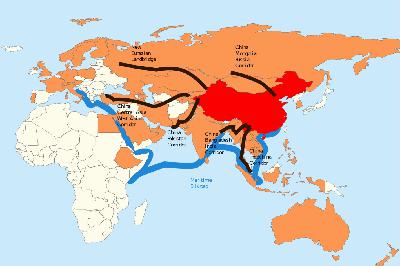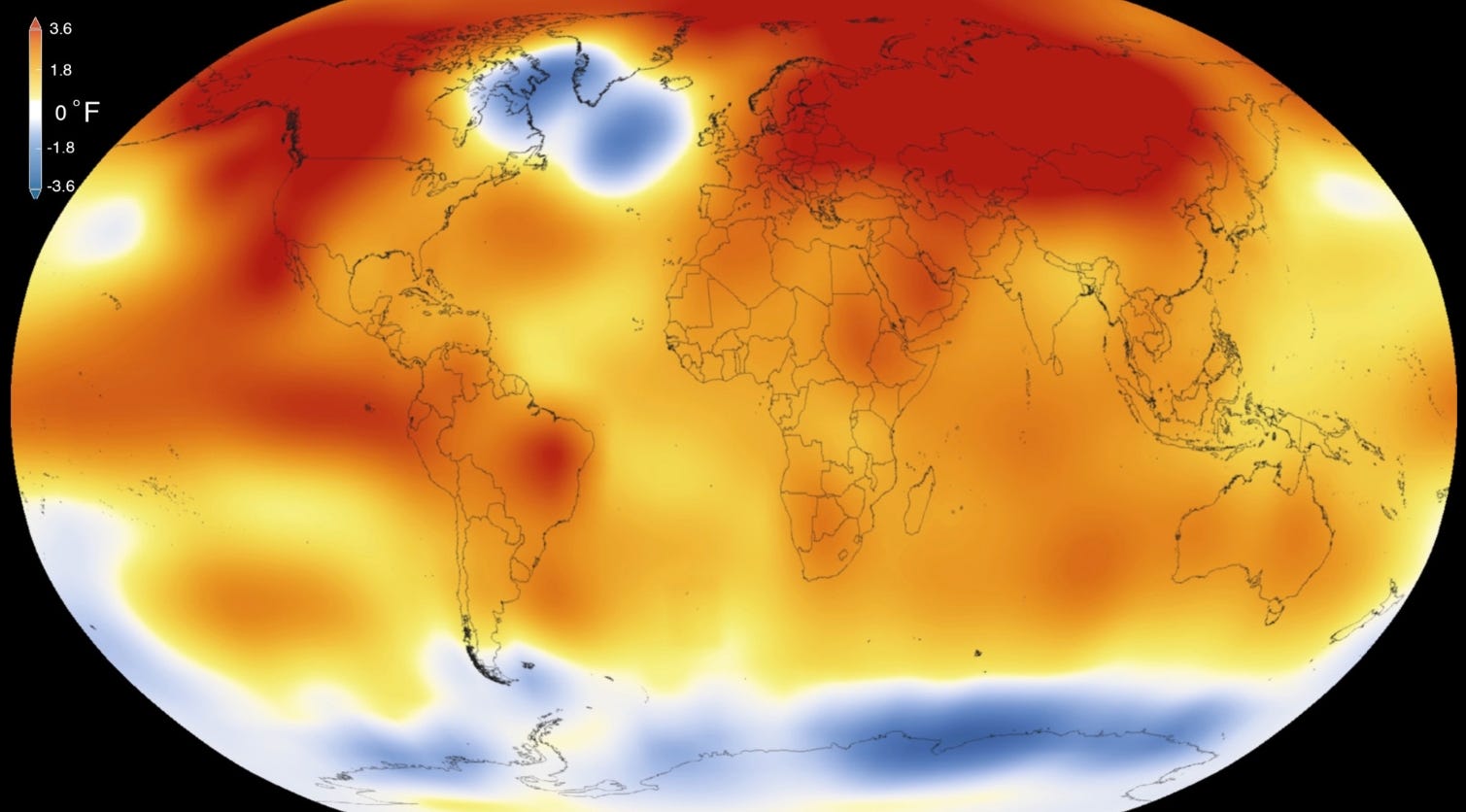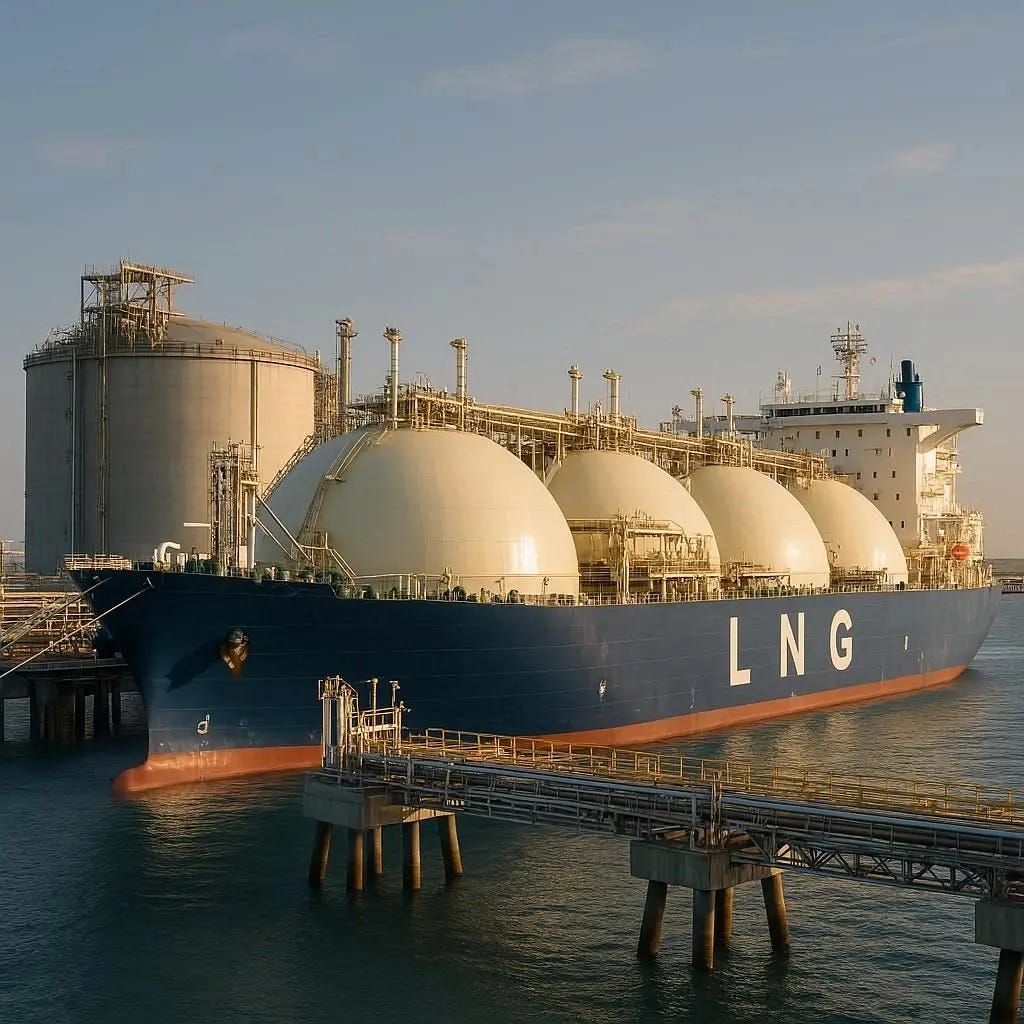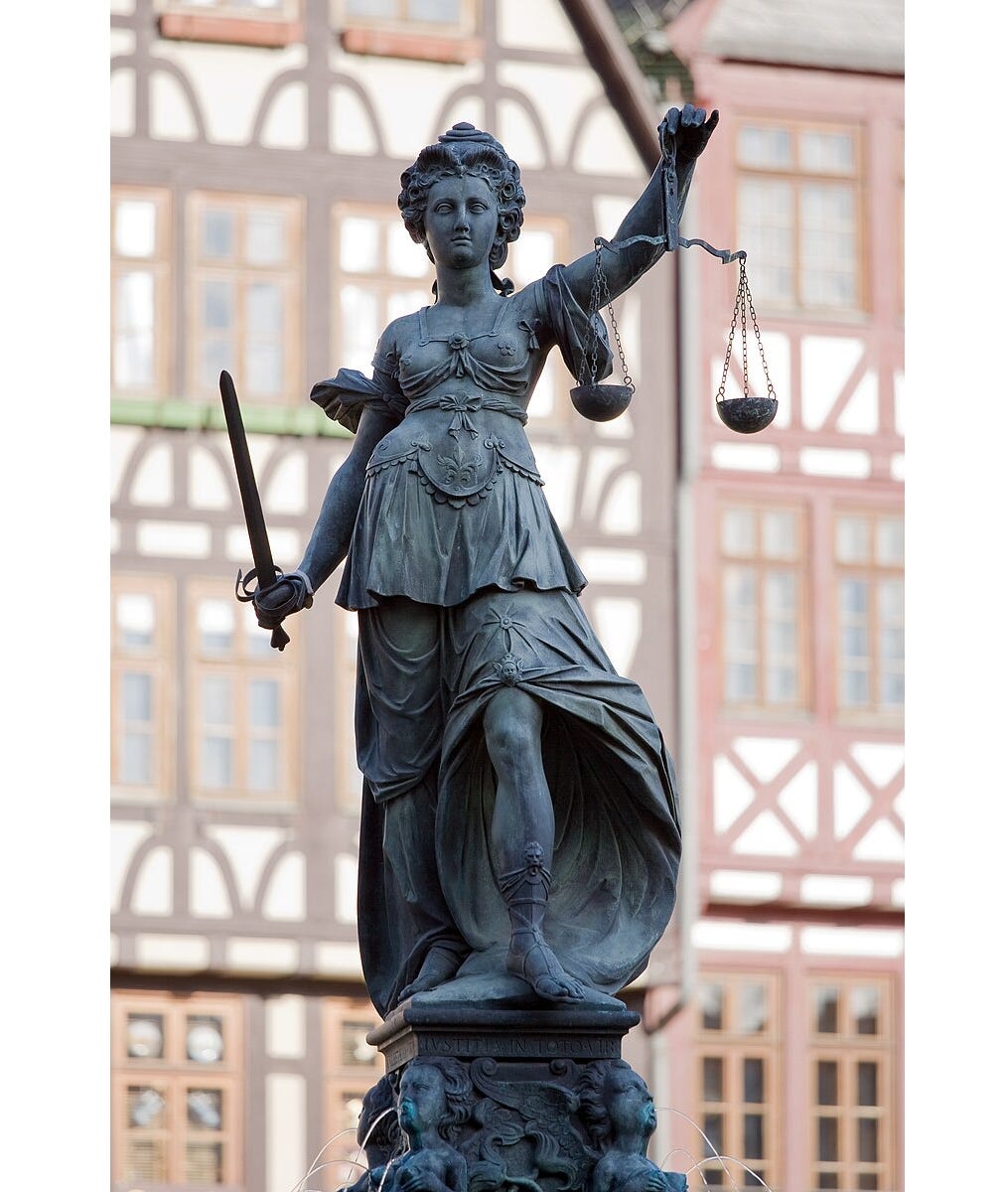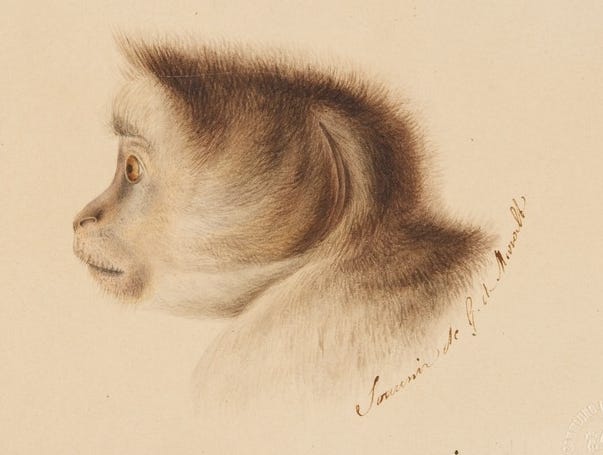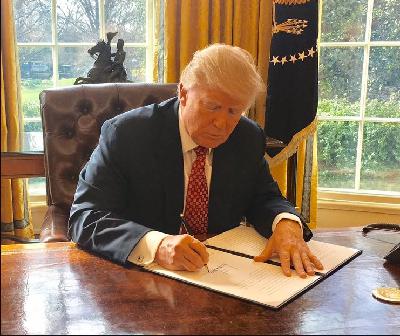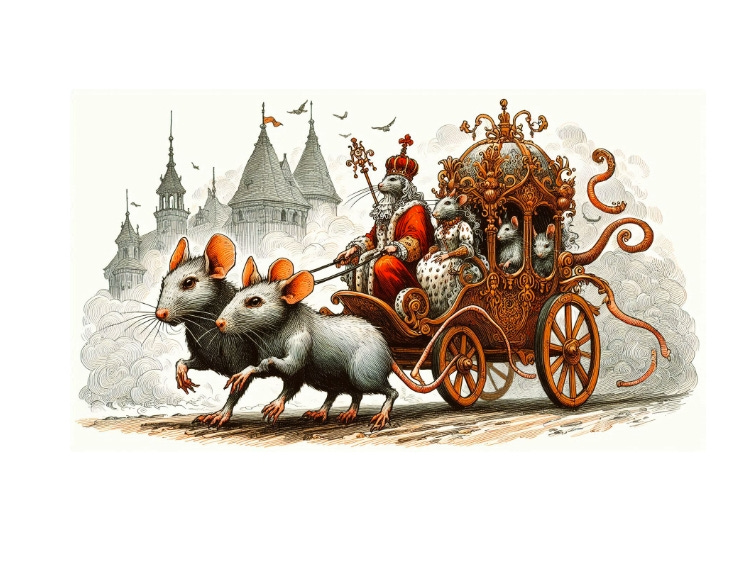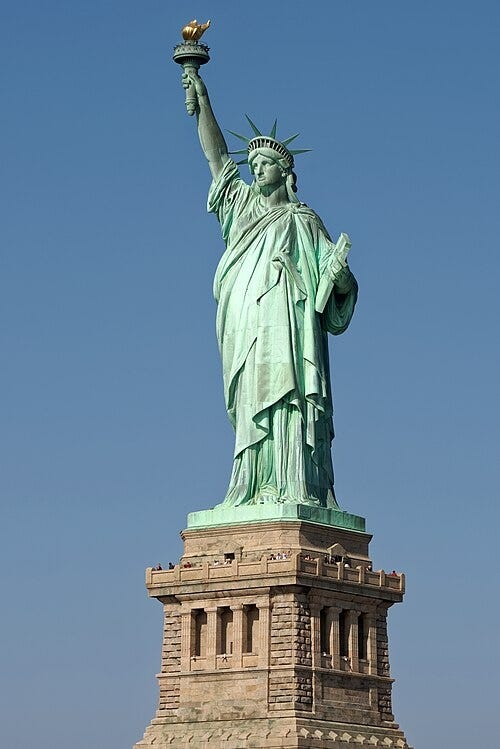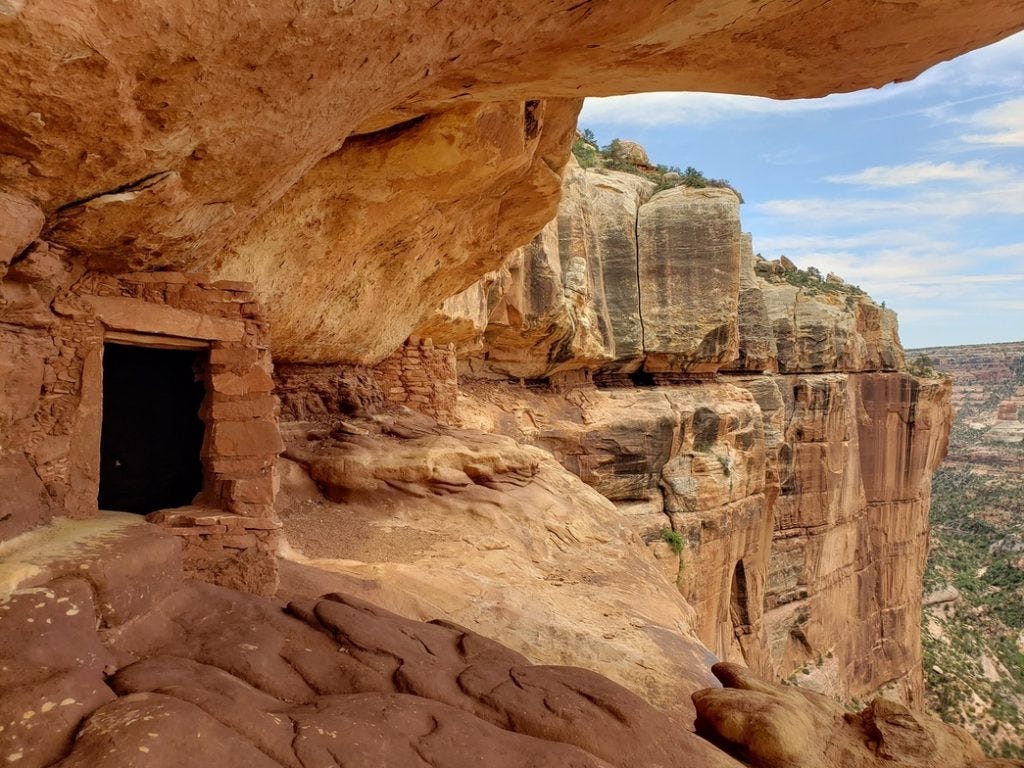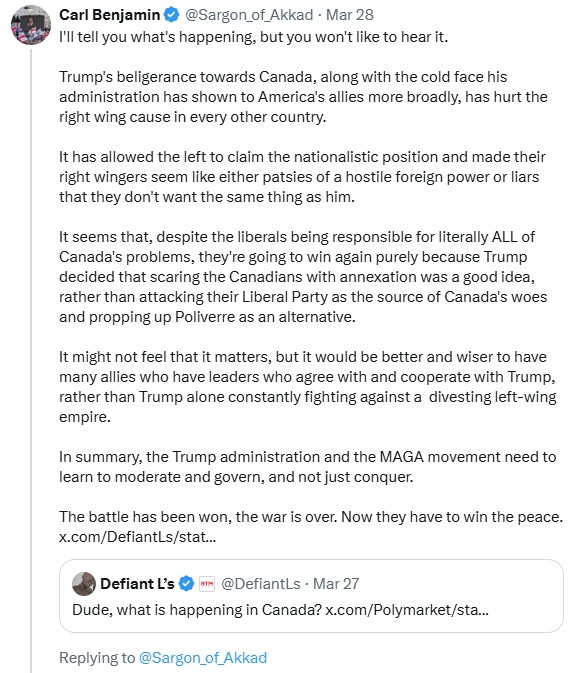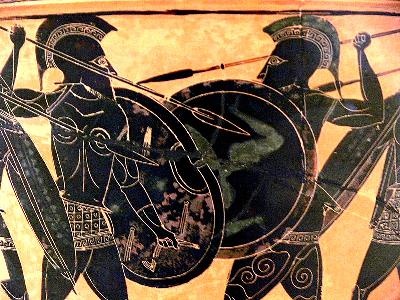The "Self-Licking Ice Cream Cone"
Description
Scapegoats, however wicked they may be, are also the perfect distraction by which to avoid facing our own problems. Sometimes a simple comparison between two “things” forces us to re-evaluate our assumptions about how the world works and, by extension, confront the hard realities staring back at us when we hold a mirror up to ourselves.
Kenya, in the developing world, just completed a major infrastructure megaproject — a 27 km elevated toll highway called the Nairobi Expressway, funded in part by China, and designed to give the East African economy a major boost by removing a major barrier to trade in the region. By comparison, Canada, in the developed world, similarly also recently completed a major infrastructure megaproject — the government-owned Trans Mountain Pipeline to bring oil from Alberta to the port in Vancouver, thus also removing a major hurdle for Canada to access world markets.
On the one hand, the upcoming comparison between these two projects reveals the scale of the rot and corruption that has infested the West. On the other hand, what emerges from the details reveals why Western nations are losing standing in the rest of the world… with alarming geopolitical implications for the future. It has become extremely fashionable to blame China for corrupt and predatory business practices designed to undermine the West — and not without good reason (I have discussed some of these issues in regards to America’s tariff war with China in a previous article here). But as usual, pointing fingers provides a useful excuse to avoid confronting our own even more significant self-inflicted problems, of which there are many and which are at risk of being ignored amidst all the finger pointing. Beneath the headlines, it’s not so easy to distinguish between friend and foe.
If all this sounds a bit vague and wishy-washy, don’t worry, all will become clear in a moment.
We shall begin this story with Kenya’s Nairobi Expressway. If you’ve ever gotten trapped in a Nairobi traffic jam prior to this project being built, you’ll know that Nairobi’s traffic problems make congestion in places like Toronto, Vancouver, New York, or Los Angeles look like child’s play by comparison. It had become an extreme barrier to trade in the entire East African region since, by virtue of geography, almost all trade between Kenya’s provinces and all trade from the coast to the surrounding East African countries flows through Nairobi. It is the hub at the center of the proverbial wheel.
In the early 2000s, Kenya spent somewhere between 5 and 10 years trying to secure funding from Western lenders and institutions in both the private and public sphere, including the World Bank, the IMF, and various Western governments in order to pursue a number of major infrastructure projects designed to resolve these kinds of economic bottlenecks. The Nairobi Expressway was one of them, a major railway expansion project called the Standard Gauge Railway to link Nairobi to the port of Mombasa was another (with further expansions coming to extend the rail lines to Uganda, South Sudan, the DRC, Rwanda, Burundi, and Ethiopia), the upcoming highway improvement linking Nairobi to the port of Mombasa is another, and so on. But all of these efforts to secure funding from the West failed over and over again.
Why?
The “moral” West had extremely strict and paternalistic conditions attached to loans and grants, which demanded governance reforms in exchange for money, imposed strict anti-corruption measures, required extensive environmental and social impact assessments and exhaustive feasibility studies, demanded competitive bidding processes, had lengthy approval and disbursement timelines, and so on. I think you can begin to see the irony of where this is going considering that Canada is the other half of this comparative story, but I don’t want to get ahead of the story…
In the end, after a lost decade of courting Western funding, nothing got done. The approval process stagnated, strangled by Western bureaucracy and “do-goodism”, and Kenya finally got frustrated and adopted a new “Look East” policy that emphasized closer ties to countries in Asia, particularly China and India, in order to get these long-overdue projects built. That Eastern realignment paid off handsomely — China’s Belt and Road Initiative was more than happy to step into the void...
Under this new Eastern realignment, the Nairobi Expressway and the Standard Gauge Railway Project were rapidly and successfully funded by private-public partnerships with the state-owned China Road and Bridge Corporation. In the case of the Expressway, China secured its loans with a 27-year guarantee of toll revenues, a 25% equity stake in the toll road, brought in some of its own contractors to do the work, and bypassed the governance and environmental conditions imposed by rival Western lenders.
Construction of the 3-year project, completed in July of 2022, only took one month longer than anticipated (a 2.78% overrun). However, the US$599-million project was also over budget by 47% (in USD terms), partially due to spikes in construction materials during the Covid era, partially due to the depreciation of the Kenyan Shilling against the US dollar (which increased the cost of dollar-denominated payments), and partially because land compensation costs to reimburse landowners along the route exceeded budgeted amounts. And yes, there were plenty of accusations of corruption scandals that haunted the project along the way, including accusations of elite capture of the project by the ruling family and allegations of fraud during the land compensation payments. And yet, somehow, things got built and the East African economy could finally move beyond this bottleneck in the system.
But now we get to the Canadian part of this story.
The Trans Mountain Pipeline was originally owned by Kinder Morgan. According to 2012 projections when Kinder Morgan announced plans to start the project, it was expected to cost Can$5.4 billion. The regulatory process was expected to take 2 to 3 years, followed by a 3-year construction process, with completion expected by 2019.
By 2017, Kinder Morgan’s projected cost has risen to Can$7.4 billion due to additional regulatory and environmental requirements and legal challenges. And construction had still not begun. By then, investors, especially in the oil and gas sector, were fleeing Trudeau’s Canada en masse. In 2018, with construction still not started, Kinder Morgan got fed up, decided to exit Canada altogether, and sold the project to the Canadian government for $4.5 billion after no private buyers emerged to take on the project. The government of Canada, under Trudeau, was forced to buy it as a project of “national interest” since Canada had pretty much chased off all investors and shuttered all other alternative pipeline projects by that point.
And then the real fun began. The project was finally completed in 2024, 5 years later than Kinder Morgan’s original projected completion date and 33% over the government’s own revised construction timeline set out in 2018 when it purchased the orphaned project.
But the cost overruns are truly monumental on a scale that would make even the most corrupt governments in the developing world blush.
Final cost? By the time the first drop of oil got pumped through the pipeline, taxpayers were on the hook for a colossal Can$34 billion!?! That’s 529% over Kinder Morgan’s original budget of $5.4 billion! Contractors, environmental consultants, bureaucrats, lawyers, and pretty much anyone who found a way to work on the project made small fortunes.
The stories from people who worked on the pipeline are eye-popping. A few anecdotes from people I’ve spoken with suffice to provide a flavor of the clown show that this government-run project turned into.
When puddles had to be moved to make way for construction, the water from these puddles had to be purified to drinking water standards before being pumped into a puddle on the other side of the road. Ant hills had to be meticulously relocated while all construction was put on pause. One environmental inspection shut down work on site because “foreign vegetation materials” had been found on a right-of-way and had to be painstakingly collected and removed from the ground. And what was that offending “foreign vegetative matter”? Sunflower shells thrown on the ground by work crews. And on and on it goes.
A similar story of the nonsensicalness of it all comes from the government-run Site C hydro dam project in northern BC — indigenous groups paid protestors to protest continuously at the site during construction on their behalf, as is the norm on these kinds of projects these days. One such paid protestor decided to get a second job to increase his take-home pay. And, since the Site C project was hiring, he got a job onsite. So, after completing his protesting shift, he would store his protest gear in his truck and cheerfully head off to work on the dam.
But back to the Trans Mountain Pipeline. The government has plans to sell the pipeline now that it’s completed, but toll disputes and the exorbitant construction costs make it highly unlikely that the Canadian government will be able to recover the full costs. While nothing is finalized as of this writing, several First Nations groups are actively working towards an ownership stake, with loan guarantees provided by… the Canadian government (i.e. taxpayers).
~ ~ ~
As Wikipedia

